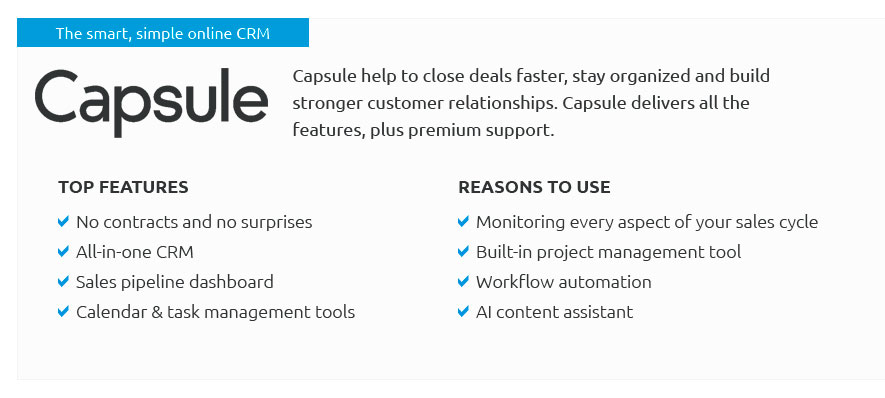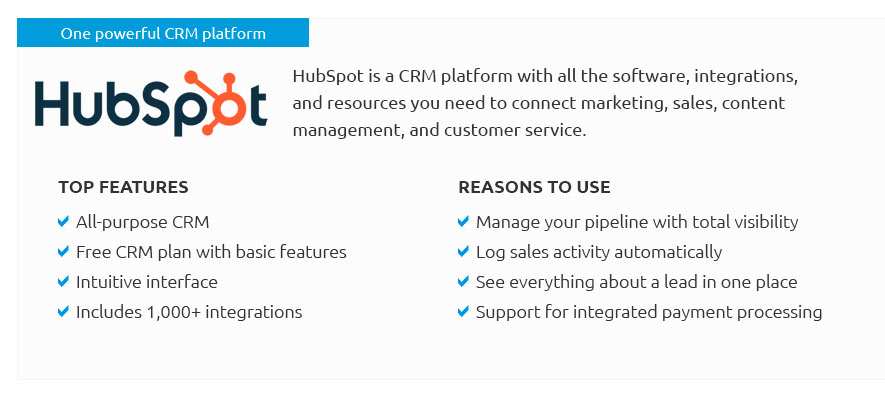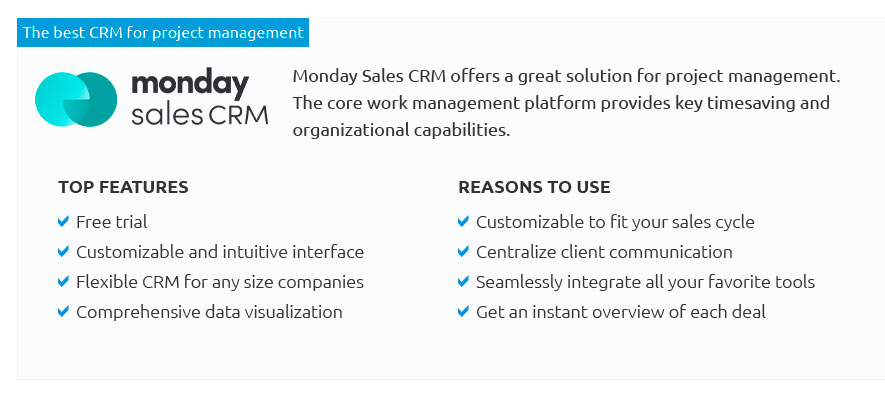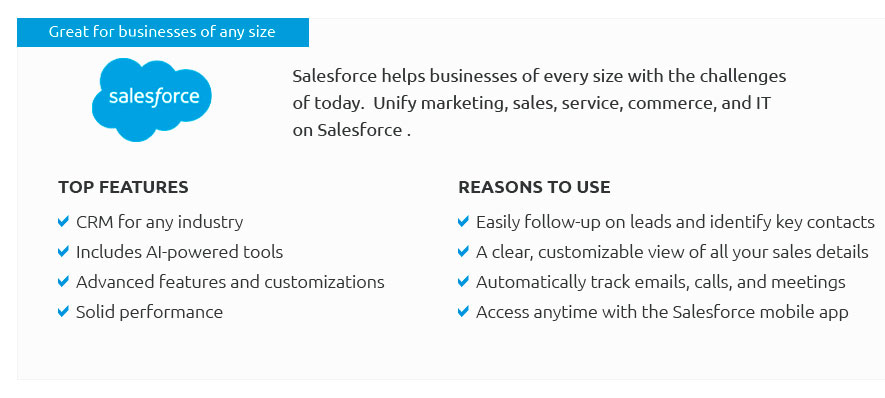 |
 |
 |
 |
 |
|
 |
|
 |
|
 |
|
 |
|
 |
|
 |
 |
Building an Effective Schedule: A Comprehensive GuideCreating a well-structured schedule is an essential skill that plays a significant role in both personal productivity and professional success. Whether you're managing a bustling office, coordinating a construction project, or simply trying to balance your daily responsibilities, a thoughtfully crafted schedule can be your most reliable ally. The process of building a schedule involves a delicate balance of time management, prioritization, and flexibility, all tailored to fit your specific needs and objectives. In this guide, we'll explore key considerations for building an effective schedule, offering insights that can help streamline your tasks and enhance your efficiency. First and foremost, it's important to identify your primary goals and objectives. A schedule should serve as a roadmap to achieving these goals, and without a clear understanding of what you're aiming to accomplish, the schedule may lack direction. Begin by listing your short-term and long-term goals, and then break these down into actionable tasks. This not only provides clarity but also helps in maintaining focus and motivation. Next, consider the importance of prioritization. Not all tasks carry equal weight, and distinguishing between what is urgent and what is important can significantly impact your productivity. Utilizing tools such as the Eisenhower Matrix can be beneficial in categorizing tasks, ensuring that you allocate your time and resources effectively. A well-prioritized schedule can prevent the common pitfall of spending too much time on low-impact activities while neglecting more critical tasks. Time blocking is another valuable technique to incorporate into your scheduling strategy. By assigning specific blocks of time to different activities, you create a structured routine that can enhance focus and reduce procrastination. This approach encourages you to dedicate undivided attention to one task at a time, minimizing distractions and improving the quality of your work. However, it's crucial to remain flexible; unforeseen events may necessitate adjustments, and your schedule should accommodate these changes without causing undue stress. Moreover, an effective schedule should account for both productivity and rest. It's easy to overlook the necessity of breaks in the pursuit of productivity, yet studies consistently show that regular intervals of rest can improve overall performance and prevent burnout. Incorporate short breaks throughout your day, and ensure that your schedule includes time for relaxation and leisure activities. This balance between work and rest not only enhances productivity but also contributes to better mental and physical health. Communication and collaboration are also vital elements when building a schedule, especially in a team environment. Clearly communicating your schedule to colleagues or family members can prevent misunderstandings and ensure that everyone is on the same page. In professional settings, tools like shared calendars or project management software can facilitate coordination and transparency, making it easier to align individual schedules with team objectives. Finally, regular review and adjustment of your schedule are crucial for maintaining its effectiveness. A schedule should not be a static document but rather a dynamic tool that evolves with your changing circumstances and priorities. Set aside time each week to review your progress, evaluate the effectiveness of your current schedule, and make necessary adjustments. This iterative process allows you to refine your approach continually, ensuring that your schedule remains aligned with your goals and lifestyle. In conclusion, building an effective schedule requires a combination of strategic planning, prioritization, and flexibility. By setting clear goals, prioritizing tasks, incorporating time blocks, balancing work and rest, communicating effectively, and regularly reviewing your schedule, you can create a framework that supports your aspirations and enhances your productivity. Remember, the ultimate aim of a schedule is not just to manage time but to make time for the things that matter most to you. https://www.teamgantt.com/construction-templates/construction-plan-template
Learn what a construction schedule is and how to use a gantt chart to plan a construction timeline, with free templates and examples to help you get started. https://www.procore.com/library/construction-scheduling
We'll walk you through the basics of construction scheduling as well as the principles that lead to a solid schedule, different methodologies and approaches to ... https://www.smartsheet.com/content/how-to-prepare-construction-schedule?srsltid=AfmBOorMjyZAS35JTBAlCCq2JxOC8sEQD1I2Bedq6pR7M-6jENRAudW1
Learn how to create a construction schedule with our in-depth how-to guide, advice from experts, and a free downloadable template.
|